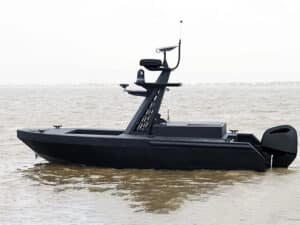
Maersk says fuel cost crisis threatens shipping
Written by Maersk Oil Trading’s Niels Henrik Lindegaard says shipping companies and regulators must work together now to prepare for future IMO sulfur regulation or face potentially crippling costs.
Maersk Oil Trading’s Niels Henrik Lindegaard says shipping companies and regulators must work together now to prepare for future IMO sulfur regulation or face potentially crippling costs.
In a keynote address at the Singapore International Bunkering Conference (SIBCON), Mr. Lindegaard said that shipping can meet the strict sulfur emission reductions that IMO has planned for 2015 and 2020, But if the industry doesn’t immediately begin researching the safest, most sensible ways to do that, he said, it will be costly for everyone.
As the rules are now, if the shipping industry is to comply with the 2015 sulfur reductions required by IMO first in the English Channel, Baltic and North Seas as well as a 200 nautical mile zone around the U.S. and Canada, the only available fuel alternative to traditional bunker fuel will be marine gas oil.
The effect on shipping companies from this could be severe. The current annual global supply of marine gas oil is about 15 million tons. As a result of the IMO rule, the demand will jump to 45 – 60 million tons in 2015, according to Lindegaard. As the largest fuel buyer in the world, Maersk estimates this will increase its operational costs by $300 million a year.
An obvious alternative is to consider using “inland gas oil,” which is more widely available than marine gas oil. But, under current IMO regulations on fuel flashpoint, inland gas oil is not eligible for use at sea.
Flashpoint refers to the lowest temperature at which a fuel can vaporize to form an ignitable mixture in air. Under current rules, marine gas oil has a minimum flashpoint of 60 degrees, whereas that of inland gas oil is 55 deg.
“The IMO rules regarding flashpoint were created in 1974. The technology and knowledge of safe fuel handling has come a long way since that time,” says Mtr Lindegaard.
Indeed, there is some indication the limitation is being tested already. “Increasingly we see marine fuel supplies with flashpoints closer to the 60 degree marine limit, suggesting inland gas oil is occasionally used already,” says Jorn Kahle, senior general manager of Maersk Maritime Technology.
Since raising the issue at SIBCON, Mr. Lindegaard says the International Organization for Standardization (ISO) has put flashpoint on the discussion agenda for its marine fuel meeting later this month.
November 16, 2010,/P>

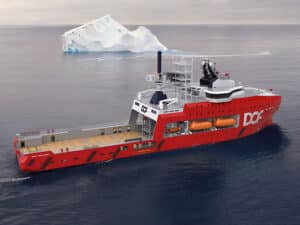
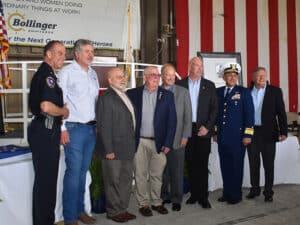
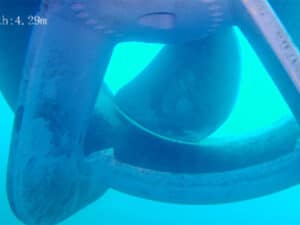
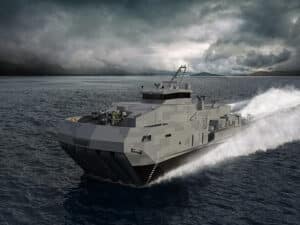
Leave a Reply
You must be logged in to post a comment.